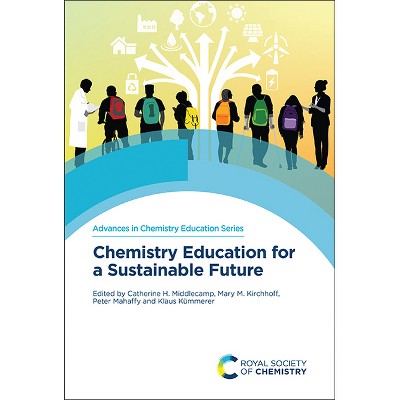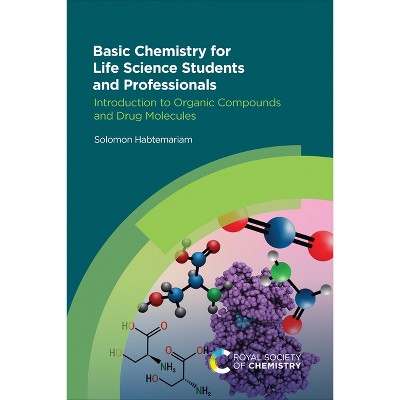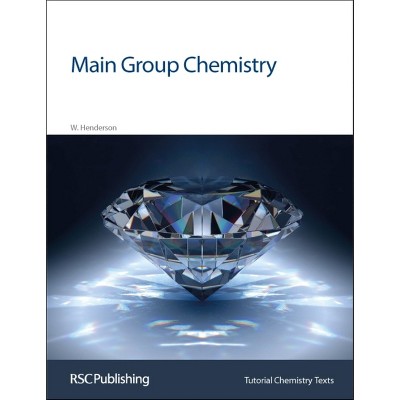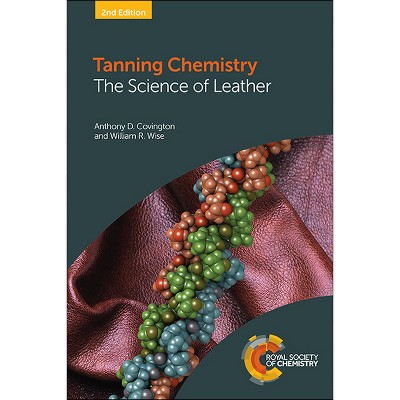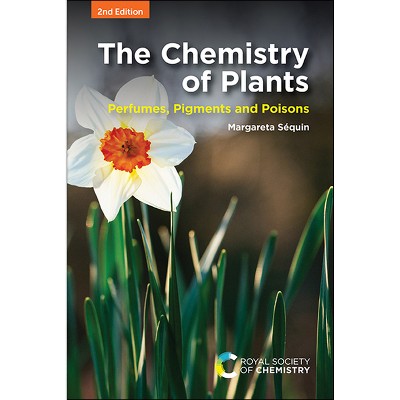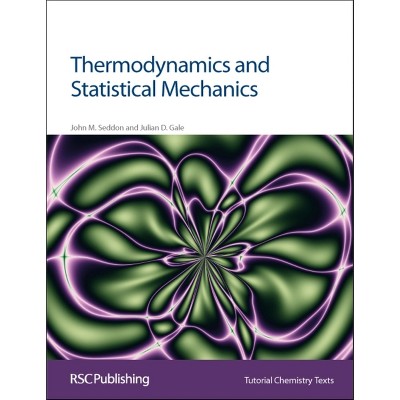Sponsored

Inclusive and Accessible Chemistry for Further and Higher Education - (Advances in Chemistry Education) by Jane Essex (Hardcover)
Pre-order
Sponsored
About this item
Highlights
- Chemistry, and science more broadly, should be welcoming and accessible to everyone with an interest.
- About the Author: Jane is a Reader at the University of Strathclyde, Glasgow, UK.
- 280 Pages
- Education, Inclusive Education
- Series Name: Advances in Chemistry Education
Description
About the Book
Drawing on research evidence on approaches to inclusion and describing examples relating to differing types of disability, this book sets out how we can successfully create inclusive higher education.
Book Synopsis
Chemistry, and science more broadly, should be welcoming and accessible to everyone with an interest. However, stigma and discrimination often colour the experiences of students with disabilities. With improved awareness and understanding of the functional needs of students with different types of disability we can make chemistry in higher education accessible to all.
Drawing on research evidence on approaches to inclusion and describing examples of the inclusion of chemistry students with differing types of disability, this book sets out what we know about successful inclusion. Wide ranging accounts provide a discussion of barriers faced, helpful strategies and recommendations for improving accessibility and inclusivity in higher education.
About the Author
Jane is a Reader at the University of Strathclyde, Glasgow, UK. Her main work is in the field of Initial Teacher Education. Her research focus is inclusion in STEM (science, technology, engineering and mathematics) and considers how STEM can be made accessible to all learners. She is the Chair of the Association for Science Education's Inclusive Science Education group. She is also an active member of the Royal Society of Chemistry and was awarded their Inclusion and Diversity Award in 2019. She has recently published her first book, Inclusive and Accessible Secondary Science: How to Teach Science Effectively to Students with Additional or Special Needs.'
Shipping details
Return details
Trending Non-Fiction






